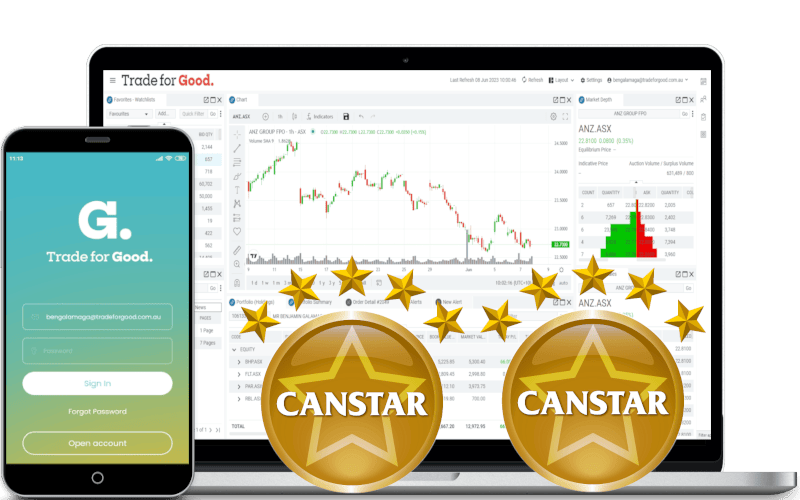Position Trading Strategy

Position trading is a long-term strategy where a trader holds a position for an extended period, often ranging from several months to years. Unlike short-term trading strategies that focus on capitalizing on daily or weekly price fluctuations, position traders aim to profit from significant trends over the long term. This strategy requires patience and a deep understanding of the market fundamentals.
 Position traders primarily rely on fundamental analysis to assess the potential of a particular asset or market. They analyze economic indicators, financial statements, industry trends, and other macroeconomic factors to predict long-term price movements. Additionally, they may consider historical price patterns and broader market trends to support their trading decisions.
Position traders primarily rely on fundamental analysis to assess the potential of a particular asset or market. They analyze economic indicators, financial statements, industry trends, and other macroeconomic factors to predict long-term price movements. Additionally, they may consider historical price patterns and broader market trends to support their trading decisions.
Benefits of Day Trading
- Potential for High Profits: Position trading allows traders to capitalize on large market movements that occur over extended periods. By holding positions for longer durations, traders can potentially achieve higher profits, especially if they correctly anticipate a strong trend.

- Reduced Stress: One of the significant advantages of position trading is the lower stress level compared to more active trading strategies. Since positions are held for long periods, traders do not need to monitor the markets daily, reducing the emotional pressure that comes with constant market fluctuations.

- Lower Transaction Costs: Because position traders execute fewer trades over time, they incur lower transaction costs, such as commissions and fees, compared to day traders or swing traders who trade more frequently.

Drawbacks of Position Trading
- Risk of Significant Losses: Position traders may ignore minor price fluctuations, which can sometimes evolve into full trend reversals. If a trader misjudges the long-term direction of the market or fails to recognize a reversal in time, they could incur substantial losses.

- Accumulation of Swap Fees: Swap fees, or overnight financing charges, are incurred when a position is held overnight. For positions held over many months or years, these fees can accumulate significantly, reducing overall profitability.

- Market Risk Exposure: By holding positions for a long time, position traders are exposed to various market risks, including economic downturns, geopolitical events, and changes in market sentiment that could negatively impact their trades.

- Capital Tied Up: Position trading requires a significant capital commitment, as funds are locked into trades for long periods. This can limit the trader’s ability to take advantage of other opportunities that may arise in the market.
Position Trading Tools
Several tools can help you make informed decisions and execute trades efficiently. Here are some of the key tools and resources:
-
Charting Software Indicators
Read MoreFor technical analysis, check the video for our charting tools below:
- Bollinger Bands: Help identify volatility and overbought/oversold conditions.
- Moving Averages: Used to smooth out price data and identify trends.
- Relative Strength Index (RSI): Measures the speed and change of price movements.
- MACD (Moving Average Convergence Divergence): Helps identify changes in the strength, direction, momentum, and duration of a trend
-
Fundamental Analysis Tools
Read MoreFor fundamental analysis, use these tools.
- Company Financial Reports: Balance sheets, income statements, and cash flow statements provide insights into a company’s financial health.
- Economic Indicators: GDP, unemployment rates, and inflation data impact broader market trends and individual securities.
- Earnings Reports: Quarterly financial results and guidance can influence stock prices.
Check the video for our fundamental tools below:
-
News Feeds
Read MoreReal-time news can be crucial for making quick decisions, check the video for our news tools below:
-
Trade Execution Tools
Read MoreSpeed and accuracy in order execution are crucial, check the video for our trade tools below:
- Direct Market Access (DMA): Allows traders to place orders directly on the exchange.
- Order Management Systems (OMS): Helps in managing and tracking trades.
Buy Orders
Sell Orders
-
Risk Management Tools
Read MoreTo protect your capital, check the video for our stop loss tools below:
- Stop-Loss Orders: Automatically sell a security when it reaches a certain price.
-
Educational Resources
Read MoreEducational materials to deepen understanding of position trading strategies and techniques like in the Trade for Good Learn section, click here.
The Bottom Line

What you learn here has been used in our Trade for Good software.
Click on the button to find our software education videos.
You can read more of our educational articles in the Trade for Good Learn section
Trade for Good Learn








